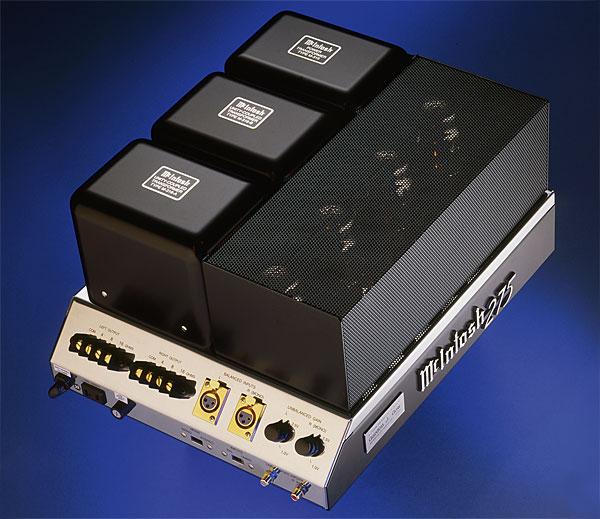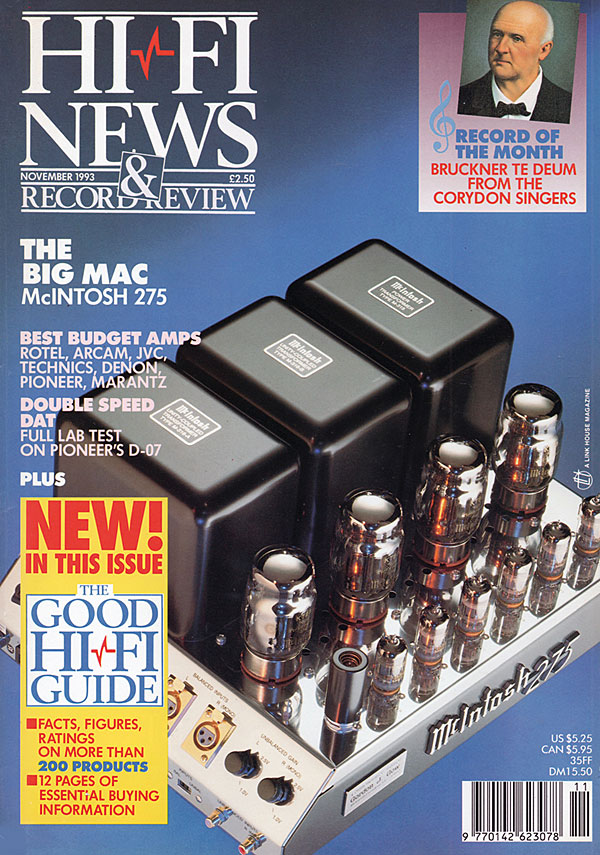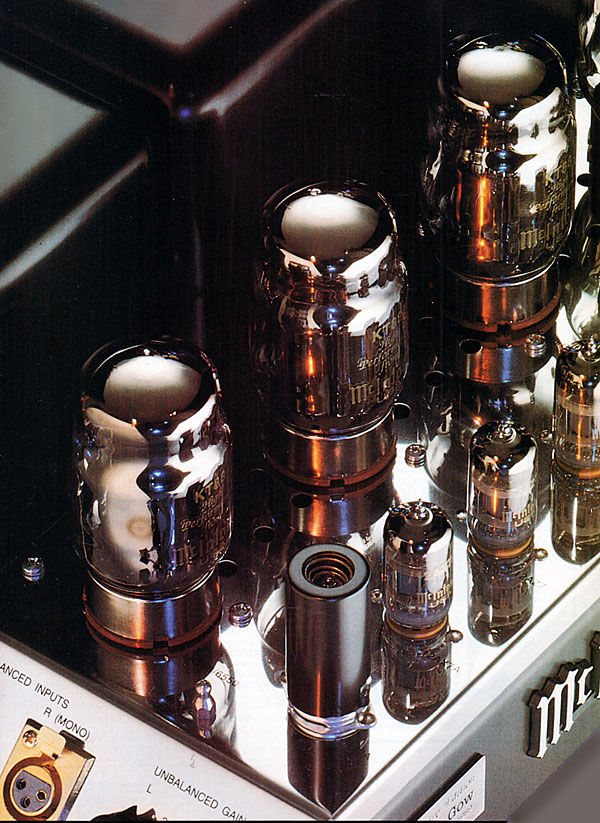The Big Mac Is Back

 Cited as the best Mac ever built, the MC275 returns. Ken Kessler listens
Cited as the best Mac ever built, the MC275 returns. Ken Kessler listens
Reissue, reincarnation, replica – call it what you will but just thank the audio gods that someone at McIntosh has a sense of history. Unlike other manufacturers who have either squandered their heritage or merely milked it as it suited them, McIntosh has – with the Gordon J Gow Commemorative MC275 power amplifier – performed an act of such 'correctness', such aptness, that it brings a tear to this anachrophile's eye.
The 'new' MC275 is an answer to many prayers. Because, as any tube freak or hi-fi collector will tell you, the McIntosh MC275 is one of the most sought-after vintage amplifiers of all time, being right up there with the Marantz 8 and 9, the early Citations, Kerr-McKoshes and original Futtermans. It was one of the last valve Macs, the essence of McIntosh design at its most refined.
Not only does the Gordon J Gow MC275 provide you with an actual, factory assembled, fully blessed product, it does it at a price similar to or below that of currently available mint originals: £3595. Hell, McIntosh even provides you with a facsimile owner's manual.

Class Act
By the time the '275 was introduced in May 1961, McIntosh had already established itself as one of the key high-end manufacturers of the day, battling with Marantz, Harman Kardon and very few others (I would argue that the British hi-fi amplifier industry was not to discover the high-end until Tim de Paravicini came along in the mid-1970s).
The company was into its 12th year, had a reputation for solidity, dependability and customer service (unrivalled to this day) and it had class. Those McIntosh clinics, the world's niftiest travelling hi-fi shows, were major events in this casualty's youth. Meanwhile, transistors were rearing their ugly little tails and the 1960s would herald the first of the weird-load loudspeakers: hungry, ornery, awkward little suckers which demanded a lot more than 15W from a brace of EL34s.
No, the tough speakers of that era were nothing like the 2ohm terrors which are the norm for the 1990s, but more power was needed for, say, an AR-3A than a Klipschorn. And McIntosh's MC275, like the model number suggests, delivered a real 2x75W. Better still, it could be mono'd for double that power.
McIntosh would make MC275s until 1973, eventually abandoning valves for solid-state... and in doing so unwittingly creating a demand for an item not recognised as a collector's item until the hobby of using vintage equipment was bom in the Orient a few years later.

Mod Revival
Throughout the entire period, Gordon J Gow was near or at the helm of McIntosh. He started as vice president with Frank McIntosh in 1949, and was promoted to president in 1977. Among his achievements was the co-invention of the McIntosh unity-coupled amplifier circuit, and he is credited with establishing McIntosh's global reputation. He served as president until his death in 1989.
I had the good fortune to meet Gordon only once, but I recall his fastidiousness, his attention to detail and – above all – his devotion to McIntosh. And even though we had an amicable argument about tubes vs. transistors, with Gordon preferring the latter, it's somehow fitting that the company has chosen to remember him with a valve unit. Make that the valve unit.
Every knowledgeable Mac collector I've met, when asked 'What's the best Mac ever?', has cited either the MC275 or one from the other end of the range, like the wee MC30. Will they be pleased with the reissue? Yes, but only if they're prepared to treat it as an update of a vintage design.

This is because McIntosh decided (wisely) to incorporate a number of sane modifications, the external ones all to be found on the sloping section of the chrome chassis.
They include the following changes to the old spec:
- Gold-plated XLR inputs for balanced operation, fixed at 2V for rated output, have been fitted to allow for use with modern preamps.
- An increase in gain to accommodate the balanced inputs, and a resultant change in the triode complement. The 12AU7 tubes were replaced with 12AX7s and the 12BH7s were replaced with 12AZ7s. Power, though, is still derived from KT88s/6550 pentodes.
- Alongside the unbalanced RCA type phono inputs, positioned as per the original on the vertical section below the sloped panel, are switches for choosing between balanced and unbalanced operation and mono or stereo operation. The level controls for the unit remain in the same position as per the original amplifier.
- Screw tags for the speaker connections (4, 8 or 16ohm stereo or 2, 4 and 8ohm mono) were retained out of some sense of purist, anachrophilic masochism, but they now run horizontally instead of vertically. They still suck.
- Removed during the updating process were the octal output socket connected to the high impedance transformer taps, the three-position mode switch, the balance control and the mono volume control. (The left/right level controls deal with balance, while the right channel becomes the mono channel in single-channel operation.)
When it comes to the internal upgrades, these include the use of close tolerance film resistors, polypropylene coupling capacitors and fibreglass printed circuit boards.


















































